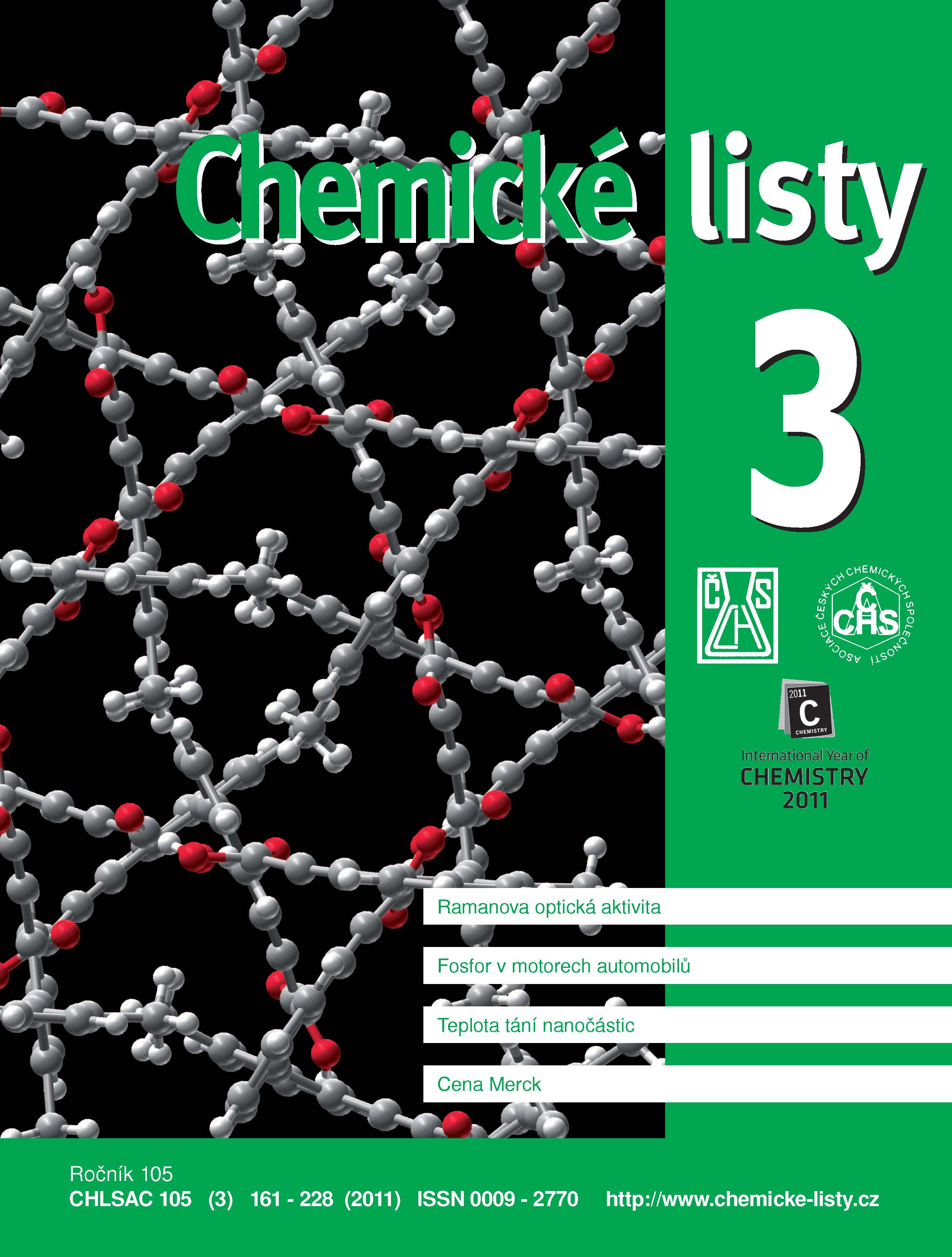The Use of a Hanging Mercury Drop Electrode Modified with Octane-1-thiol in Voltammetric Analysis of Genotoxic Environmental Pollutants
Keywords:
nitrobenzene, 1-nitronaphthalene, 2-nitrofluorene, 9-nitroanthracene, 2-nitrophenol, 4-nitrophenol, nitromethane, hanging mercury drop electrode, chemical modification, octane-1-thiol, differential pulse voltammetryAbstract
Voltammetric behavior of some genotoxic nitro derivatives of aromatic hydrocarbons (nitrobenzene, 1-nitronaphthalene, 2-nitrofluorene, and 9-nitroanthracene) and nitrophenols (2- and 4-nitrophenol) has been studied with the aim to improve the selectivity of their simultaneous voltammetric determination at a hanging mercury drop electrode (HMDE) modified with octane-1-thiol. Optimum conditions were investigated in Britton-Robinson (BR) buffer – methanol (1:1) at pH 2.0 - 12.0. At an unmodified HMDE, only the 4-nitrophenol/1-nitronaphthalene and 4-nitrophenol/2-nitrofluorene pairs could be simultaneously determined in neutral and alkaline media due to the peak potential differences higher than 300 mV. After modification of HMDE with 1·10–4 and 1·10–6 mol l–1 octane-1-thiol, the peak potentials of most analytes (in BR buffer of pH 2.0 – methanol 1:1) were shifted to more negative values and their peak heights decreased. Only in the case of nitromethane, the modification of HMDE with 1·10–6 mol l–1 octane-1-thiol led to a positive potential shift and to an increased voltammetric response, caused probably by its accumulation in the octane-1-thiol monolayer. However, the differences in the peak potentials of the analytes at unmodified and modified HMDE were not sufficient for their simultaneous determination. Further improvement and optimization of the determinations of environmental pollutants are investigated.





